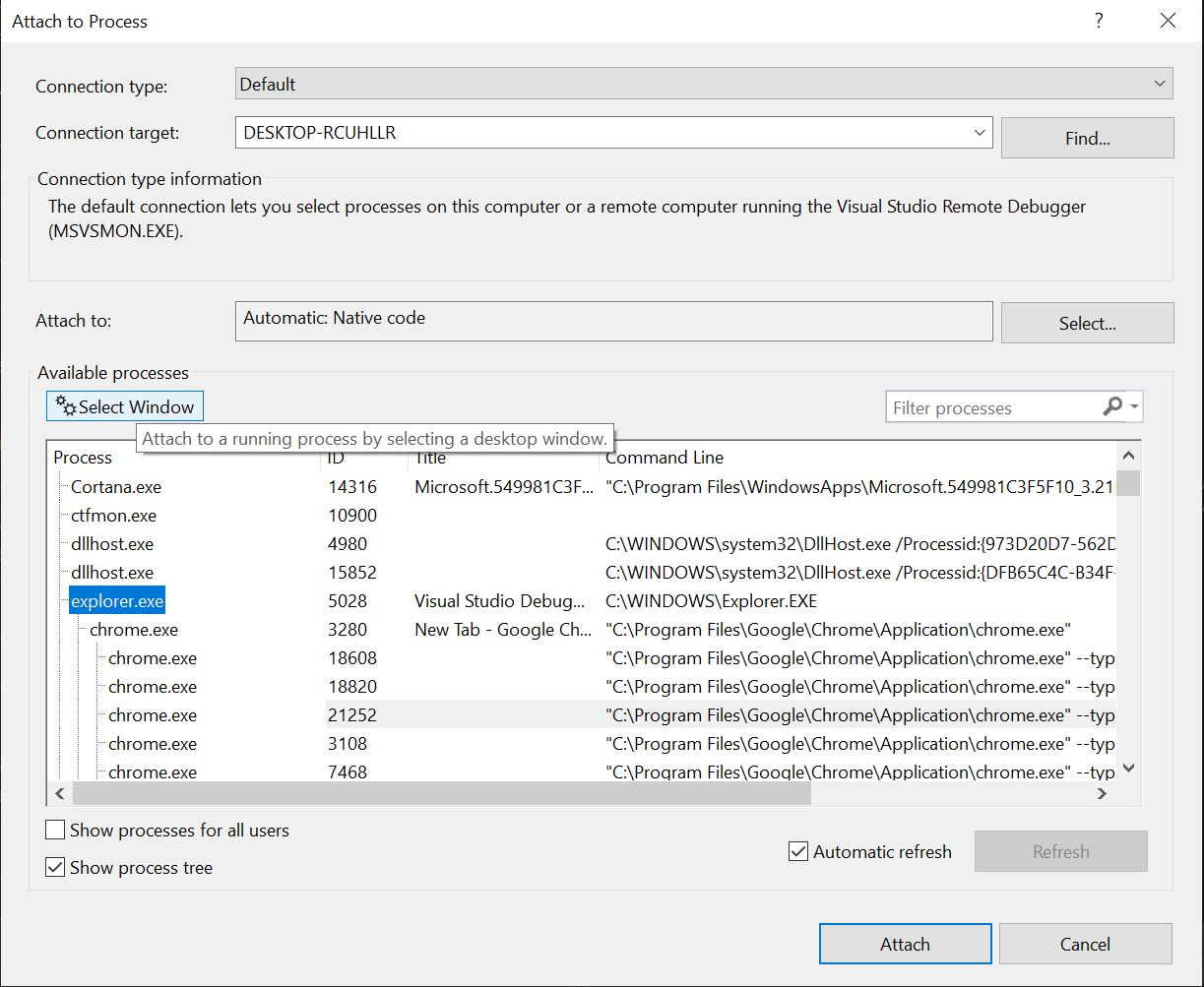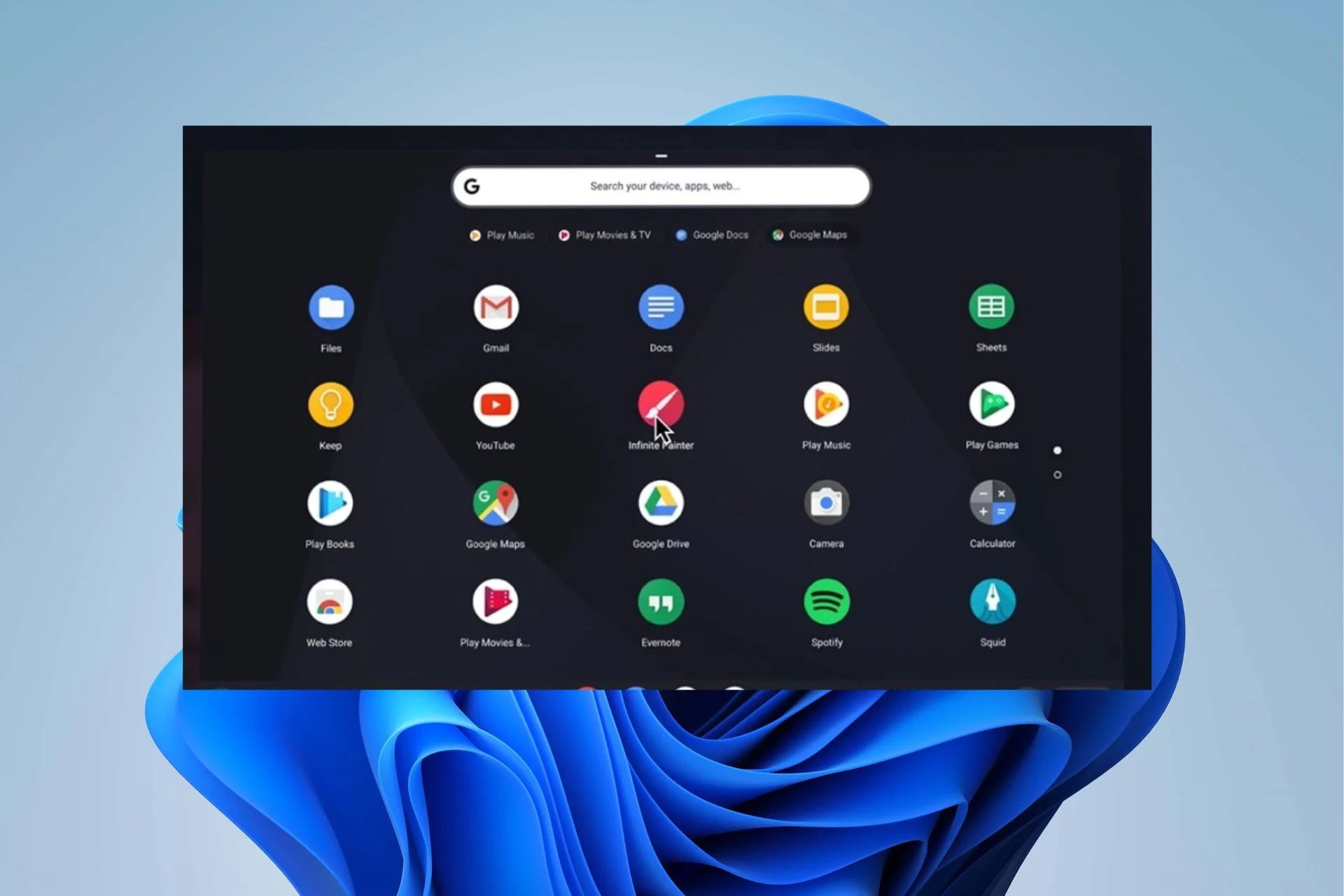Introduction
When you open Google Chrome and peek at your task manager, you might be surprised to find not just one, but multiple instances of a process called "chrome.exe" running. This discovery can be puzzling and even a bit concerning. After all, why would a single browser need to spawn several processes? Is it a sign of a problem, or is there a logical explanation behind it?
In this article, we'll delve into the world of Chrome.exe processes and uncover the reasons behind their multiplicity. We'll explore the benefits of this approach, and most importantly, we'll equip you with the knowledge to manage these processes effectively. By the end, you'll have a clearer understanding of why your Chrome browser operates the way it does and how to navigate the multiple Chrome.exe processes that may be running on your system. Let's embark on this journey to demystify the enigma of multiple Chrome.exe processes and gain a deeper insight into the inner workings of the world's most popular web browser.
What are Chrome.exe Processes?
When you launch Google Chrome, you may notice that it spawns multiple processes, each labeled "chrome.exe," in the task manager. This phenomenon often raises questions and concerns among users. So, what exactly are these Chrome.exe processes, and why does Chrome create multiple instances of them?
Each Chrome.exe process represents a separate task or tab within the browser. Unlike traditional browsers that run all tabs within a single process, Chrome's multi-process architecture segregates each tab and plugin into its own process. This design is a fundamental aspect of Chrome's sandboxing technology, which enhances security and stability.
By isolating each tab and plugin in its own process, Chrome can prevent one misbehaving webpage or extension from affecting the entire browser. If a tab or plugin crashes, only its individual process is affected, allowing you to continue using other tabs without disruption. This approach also contributes to better memory management, as Chrome can release memory associated with closed tabs more efficiently.
Furthermore, the multi-process architecture enables Chrome to leverage the capabilities of modern multi-core processors. By distributing tasks across multiple processes, Chrome can harness the full potential of your computer's hardware, leading to improved performance and responsiveness.
In essence, the Chrome.exe processes represent the modular and robust framework that underpins Chrome's functionality. They embody the browser's commitment to security, stability, and performance, providing a foundation for a seamless and reliable browsing experience.
Understanding the purpose of these processes is crucial for users to comprehend the inner workings of Chrome and appreciate the innovative approach it takes to deliver a secure and efficient browsing environment.
Reasons for Multiple Chrome.exe Processes
The proliferation of Chrome.exe processes in the task manager may initially appear perplexing, but there are compelling reasons behind this phenomenon. Chrome's decision to create multiple processes is rooted in its innovative approach to browsing, emphasizing security, stability, and performance.
-
Enhanced Security: One of the primary reasons for Chrome's multi-process architecture is security. By isolating each tab and plugin in its own process, Chrome effectively creates a sandbox for web content. This means that if a tab or plugin becomes compromised, the impact is contained within its individual process, preventing potential threats from spreading to other parts of the browser or the underlying operating system. This proactive security measure significantly reduces the risk of malicious activities and enhances the overall safety of browsing.
-
Improved Stability: The multi-process model also contributes to the stability of the browser. In traditional single-process browsers, a crash in one tab or plugin could potentially bring down the entire browser. However, with Chrome's approach, a crash in a specific tab or plugin only affects its corresponding process, allowing other tabs and the overall browser to remain unaffected. This isolation of processes minimizes disruptions and provides a more reliable browsing experience, especially when dealing with resource-intensive web applications.
-
Efficient Resource Management: Chrome's utilization of multiple processes facilitates efficient resource management. Each process is allocated its own memory space, enabling Chrome to better manage memory usage. When a tab is closed, the associated process can be terminated, releasing the allocated memory back to the system. This dynamic memory handling enhances the browser's responsiveness and reduces the likelihood of memory-related performance issues, ensuring a smoother and more responsive browsing experience.
-
Utilization of Multi-Core Processors: Chrome's multi-process architecture aligns with the capabilities of modern multi-core processors. By distributing tasks across multiple processes, Chrome can harness the full potential of the underlying hardware, leading to improved performance and responsiveness. This optimized utilization of hardware resources allows Chrome to deliver a seamless browsing experience, especially when handling numerous tabs and complex web applications.
In essence, the presence of multiple Chrome.exe processes signifies Chrome's commitment to fortifying security, bolstering stability, and optimizing performance. By embracing a multi-process architecture, Chrome has redefined the browsing experience, setting new standards for browser security and efficiency. Understanding these reasons empowers users to appreciate the underlying design principles that shape Chrome's functionality and distinguish it as a leading browser in the digital landscape.
Benefits of Multiple Chrome.exe Processes
The presence of multiple Chrome.exe processes within Google Chrome's framework yields a myriad of benefits that significantly enhance the browsing experience. These advantages stem from Chrome's innovative multi-process architecture, which revolutionizes the traditional approach to web browsing. By dissecting the benefits of multiple Chrome.exe processes, users can gain a profound understanding of the inherent advantages that underpin Chrome's design philosophy.
Enhanced Security
The foremost benefit of Chrome's multi-process architecture lies in its ability to fortify security. Each Chrome.exe process encapsulates a specific tab or plugin, creating a sandboxed environment that isolates web content. This isolation is pivotal in preventing potential threats from permeating other parts of the browser or the underlying operating system. In the event of a tab or plugin compromise, the impact is confined to the individual process, thwarting the propagation of malicious activities. This proactive security measure significantly reduces the vulnerability of the browser, fostering a safer and more secure browsing environment.
Improved Stability
The multi-process model employed by Chrome contributes to the overall stability of the browser. Unlike traditional single-process browsers, where a crash in one tab or plugin could potentially bring down the entire browser, Chrome's approach ensures that a crash in a specific tab or plugin only affects its corresponding process. This isolation of processes minimizes disruptions and provides a more reliable browsing experience, especially when dealing with resource-intensive web applications. Users can navigate the web with confidence, knowing that the stability of their browsing session is safeguarded by Chrome's robust architecture.
Efficient Resource Management
Chrome's utilization of multiple processes facilitates efficient resource management, particularly in terms of memory allocation. Each process is allocated its own memory space, enabling Chrome to effectively manage memory usage. When a tab is closed, the associated process can be terminated, releasing the allocated memory back to the system. This dynamic memory handling not only enhances the browser's responsiveness but also mitigates the likelihood of memory-related performance issues. As a result, users experience a smoother and more responsive browsing experience, free from the constraints of memory bottlenecks.
Utilization of Multi-Core Processors
Chrome's embrace of a multi-process architecture aligns seamlessly with the capabilities of modern multi-core processors. By distributing tasks across multiple processes, Chrome optimally leverages the underlying hardware, leading to improved performance and responsiveness. This strategic utilization of hardware resources empowers Chrome to deliver a seamless browsing experience, especially when handling numerous tabs and complex web applications. Users can harness the full potential of their hardware, experiencing unparalleled browsing fluidity and efficiency.
In essence, the benefits of multiple Chrome.exe processes epitomize Chrome's unwavering commitment to fortifying security, bolstering stability, and optimizing performance. By embracing a multi-process architecture, Chrome has redefined the browsing experience, setting new standards for browser security and efficiency. These benefits underscore the ingenuity of Chrome's design, positioning it as a trailblazer in the realm of web browsing.
How to Manage Multiple Chrome.exe Processes
Managing multiple Chrome.exe processes is essential for optimizing the performance and resource utilization of Google Chrome. While the browser's multi-process architecture offers numerous benefits, users may encounter situations where the management of these processes becomes necessary. Here are some effective strategies for managing multiple Chrome.exe processes:
1. Task Manager:
The built-in Task Manager in Google Chrome provides a comprehensive overview of all active processes, including individual tabs, extensions, and plugins. To access the Task Manager, simply right-click on the browser's title bar and select "Task Manager" from the context menu. From the Task Manager, users can monitor the resource usage of each process, identify any memory-intensive tabs or extensions, and selectively end specific processes to free up system resources.
2. Tab Management:
Chrome's multi-process architecture allows for efficient tab management. Users can take advantage of this by selectively closing tabs that are no longer in use. When a tab is closed, its corresponding process is terminated, freeing up memory and system resources. By regularly reviewing and closing unnecessary tabs, users can ensure that Chrome's resource allocation remains optimized, leading to improved browsing performance.
3. Extension Evaluation:
Extensions and plugins running within Chrome are often associated with individual processes. Users should periodically assess the necessity and performance impact of installed extensions. Disabling or removing unnecessary or resource-intensive extensions can help streamline the number of active processes, leading to a more efficient browsing experience.
4. Memory Optimization:
Chrome's multi-process architecture inherently manages memory allocation for individual processes. However, users can further optimize memory usage by being mindful of resource-intensive websites and web applications. Closing memory-intensive tabs and utilizing browser features such as "Bookmarking" or "Reading List" for future reference can aid in maintaining an optimal balance of memory usage across active processes.
5. Browser Updates:
Keeping Google Chrome updated to the latest version is crucial for ensuring the efficient management of multiple processes. Browser updates often include performance enhancements and optimizations that can positively impact the behavior of Chrome.exe processes. By staying current with updates, users can benefit from improved process management and overall browsing performance.
By implementing these strategies, users can effectively manage and optimize the multitude of Chrome.exe processes, ensuring a smooth and efficient browsing experience. Understanding the nuances of process management empowers users to harness the full potential of Chrome's multi-process architecture, maximizing security, stability, and performance.
Conclusion
In conclusion, the presence of multiple Chrome.exe processes within Google Chrome is not a cause for alarm, but rather a testament to the browser's innovative design and commitment to security, stability, and performance. The multi-process architecture, characterized by the proliferation of Chrome.exe processes, serves as the cornerstone of Chrome's functionality, redefining the traditional approach to web browsing.
By isolating each tab and plugin in its own process, Chrome establishes a robust sandboxed environment that fortifies security, preventing the spread of potential threats and enhancing the overall safety of browsing. This proactive security measure, coupled with the browser's ability to contain crashes within individual processes, ensures a stable and reliable browsing experience, even when dealing with resource-intensive web applications.
Furthermore, the efficient resource management facilitated by Chrome's multi-process architecture optimizes memory usage and hardware resources, leading to improved performance and responsiveness. The browser's adept utilization of modern multi-core processors underscores its commitment to harnessing the full potential of hardware, delivering unparalleled browsing fluidity and efficiency.
As users navigate the digital landscape, understanding the reasons behind the presence of multiple Chrome.exe processes empowers them to appreciate the intricate design principles that underpin Chrome's functionality. Moreover, by implementing effective strategies for managing these processes, users can optimize the performance and resource utilization of Google Chrome, ensuring a seamless and efficient browsing experience.
In essence, the multitude of Chrome.exe processes encapsulates the essence of Chrome's unwavering dedication to fortifying security, bolstering stability, and optimizing performance. By embracing a multi-process architecture, Chrome has set new standards for browser security and efficiency, solidifying its position as a trailblazer in the realm of web browsing. Therefore, the presence of multiple Chrome.exe processes is not merely a technical nuance, but a testament to Chrome's unwavering pursuit of excellence in delivering a secure, stable, and efficient browsing environment.

























